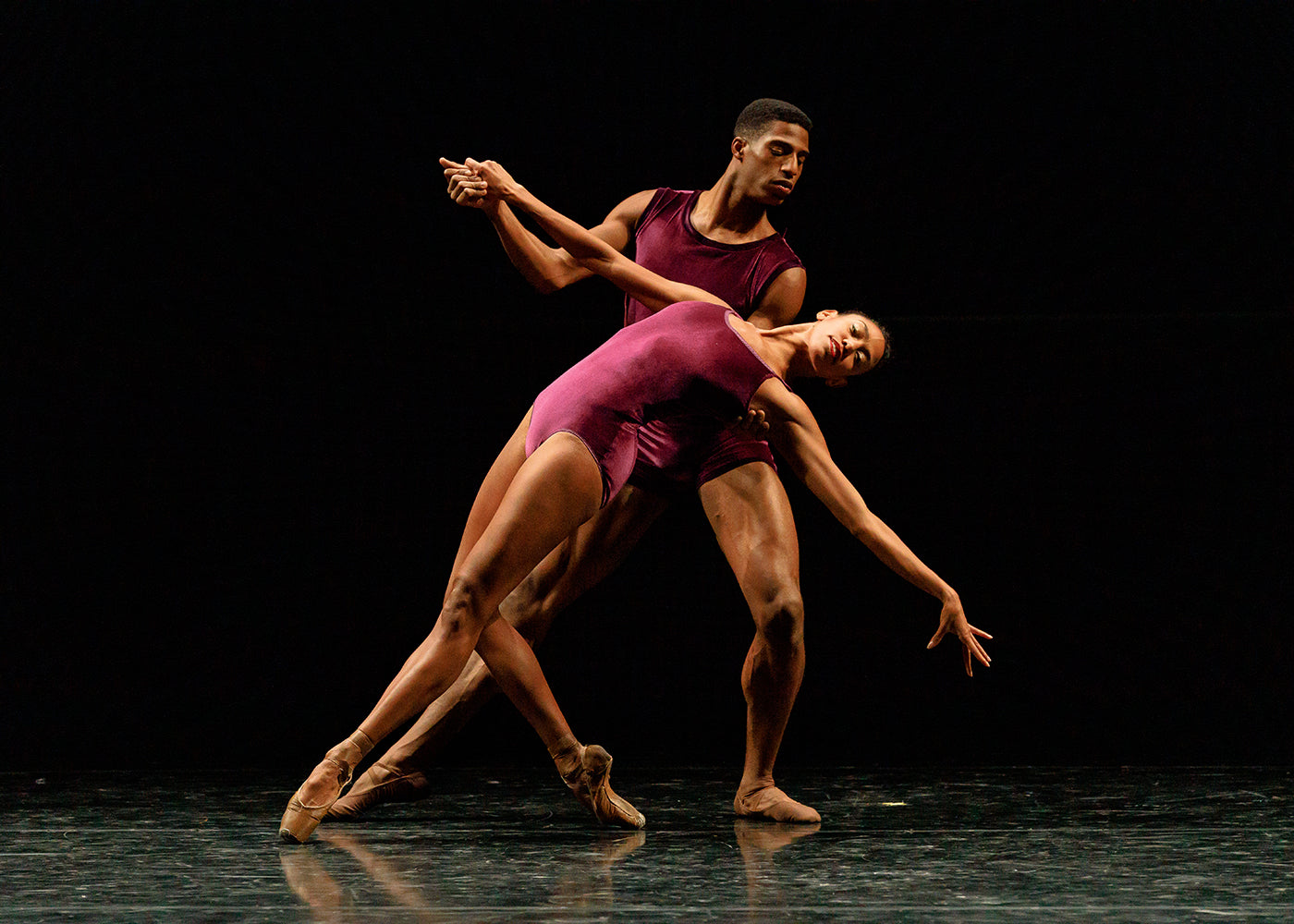Talent Time
It’s “Nutcracker” season at San Francisco Ballet—36 performances packed into three weeks—which means that the company is currently serving two distinct audiences.
Continua a leggere
World-class review of ballet and dance.
The Dance Theatre of Harlem returned to City Center this week for the first time under the leadership of Robert Garland, a former company dancer, school director, and resident choreographer. This was the launch of an exciting new beginning, though the troupe was simultaneously celebrating its past. This year marks company’s 55th anniversary as well as what would be the 90th birthday of founder Arthur Mitchell, who passed away in 2018. Mitchell, the first Black principal in a major American dance company (the New York City Ballet), sought to “take young people off the streets and get them involved in the arts”—as Zita Allen quotes in a terrific program article. For his artistic directorial debut, Garland brought a well-curated quartet of works that made for a balanced and uplifting evening—the kind of show that leaves you smiling when you exit. Though his own choreographic entry was the slightest in the lineup, it’s clear that Garland understands Mitchell’s lofty, activist mission.
Performance
Place
Words



“Uncommonly intelligent, substantial coverage.”
Your weekly source for world-class dance reviews, interviews, articles, and more.
Already a paid subscriber? Login

It’s “Nutcracker” season at San Francisco Ballet—36 performances packed into three weeks—which means that the company is currently serving two distinct audiences.
Continua a leggereLast week I caught up with choreographer Pam Tanowitz and Opera Philadelphia’s current general director and president, countertenor Anthony Roth Costanzo to talk about “The Seasons,” the company’s latest production premiering at the Kimmel Center’s 600-plus seat Perelman Theater on December 19.
Continua a leggereIf Notre-Dame remains one of the enduring symbols of Paris, standing at the city’s heart in all its beauty, much of the credit belongs to Victor Hugo.
Continua a leggereWhen dancer and choreographer Marla Phelan was a kid, she wanted to be an astronaut. “I always loved science and astronomy,” Phelan said.
Continua a leggere
comments